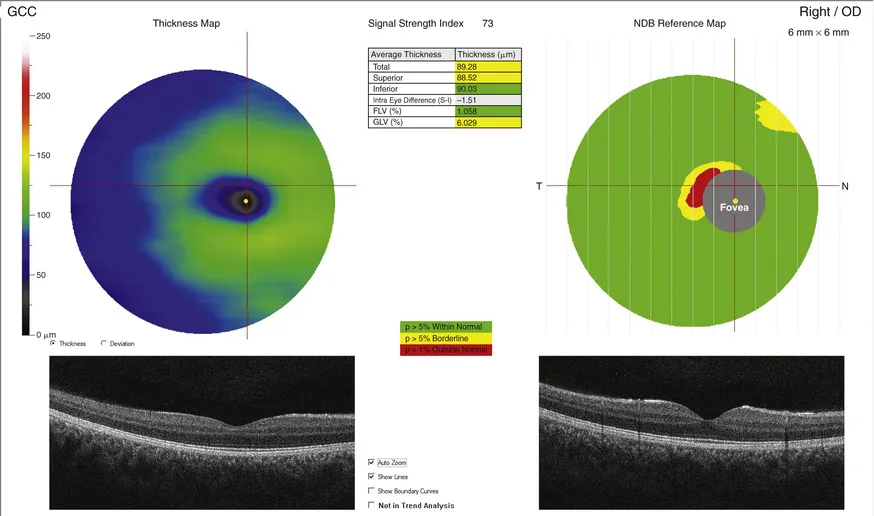
Atlas of Retinal OCT E-Book
Optical Coherence Tomography
- 400 pages
- English
- ePUB (mobile friendly)
- Available on iOS & Android
Atlas of Retinal OCT E-Book
Optical Coherence Tomography
About this book
- Features more than 1, 000 superb illustrations depicting the full spectrum of retinal diseases using OCT scans, supported by clinical photos and ancillary imaging technologies.- Presents images as large as possible on the page with an abundance of arrows, pointers, and labels to guide you in pattern recognition and eliminate any uncertainty.- Includes the latest high-resolution spectral domain OCT technology and new insights into OCT angiography technology to ensure you have the most up-to-date and highest quality examples available.- Provides key feature points for each disorder giving you the need-to-know OCT essentials for quick comprehension and rapid reference.- An excellent diagnostic companion to Handbook of Retinal OCT: Optical Coherence Tomography, by the same expert author team of Drs. Jay S. Duker, Nadia K. Waheed, and Darin R. Goldman.
Frequently asked questions
- Essential is ideal for learners and professionals who enjoy exploring a wide range of subjects. Access the Essential Library with 800,000+ trusted titles and best-sellers across business, personal growth, and the humanities. Includes unlimited reading time and Standard Read Aloud voice.
- Complete: Perfect for advanced learners and researchers needing full, unrestricted access. Unlock 1.4M+ books across hundreds of subjects, including academic and specialized titles. The Complete Plan also includes advanced features like Premium Read Aloud and Research Assistant.
Please note we cannot support devices running on iOS 13 and Android 7 or earlier. Learn more about using the app.
Information
Normal Optic Nerve
Volume Scans
Retinal Nerve Fiber Layer Thickness (RNFL)

Ganglion Cell Complex

Optic Nerve Morphology
Line Scans

Table of contents
- Cover image
- Title Page
- Table of Contents
- Copyright
- Preface
- Contributors
- Acknowledgments
- Dedications
- Part 1 Normal Optical Coherence Tomography
- Part 2 Isolated Macular Disorders
- Part 3 Vasoocclusive Disorders
- Part 4 Uveitis and Inflammatory Disorders
- Part 5 Retinal and Choroidal Tumors
- Part 6 Trauma
- Part 7 Inherited Retinal Degenerations
- Part 8 Vitreous Disorders
- Part 9 Miscellaneous Retinal Disorders
- Index